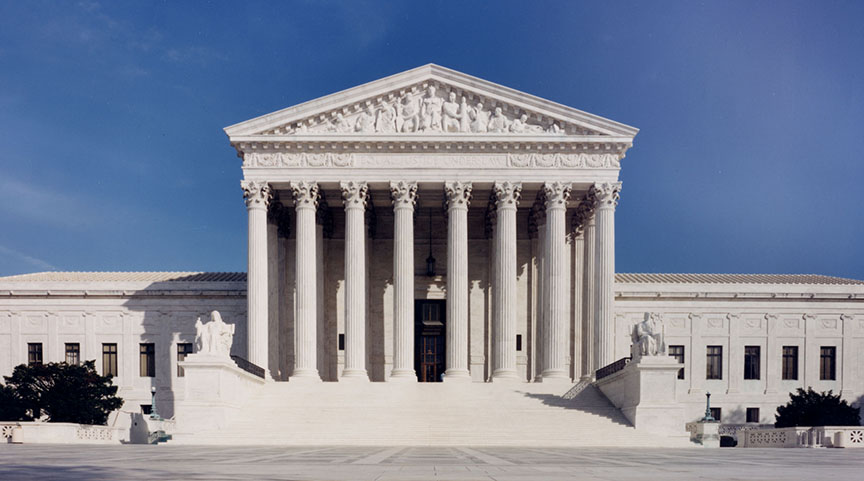Blog Post: Supreme Court
The history of the U.S. Supreme Court can present great insights to our world and how history can guide us in bettering the ways in which matters are handled. In the U.S. Supreme Court, Court Justices hold great responsibility in upholding the law of the Constitution, but also a great duty to the public in a sense of fairness. The Court Justices must also hold great authority to be able to decide upon whether or not cases can be deemed as Constitutional or not. In many cases, the Court Justices can seek guidance for making their decisions based upon the written words that appear in the Constitution for wisdom in dealing with public matters. The Supreme Court holds a wide range of petitions for review of each case and the Justices have the difficult task on labeling which shall move forward and which will be denied. There are key points and questions in which form after a lengthy discussion upon each case, disagreements that may arise, but one matter is clear, that there is a level of respect alive among each Justice and their duty to the public. Through cases being presented from lawyers in front of the public eye, presenting facts and allowing the Justices to voice their individual opinions, a decision shall be formed. Regardless of the case, who is involved, and how one may go about handling such matters, the process in which happens within the Supreme Court can be described as constantly evolving. In today’s world, new issues and cases arrive each and every day, however a great number of them can be similar to those of the past in which helped to shape our world and legal systems. The Supreme Court can view these cases, give information and reasoning for their decisions and allow the press to present this to the public.

Comments
Post a Comment